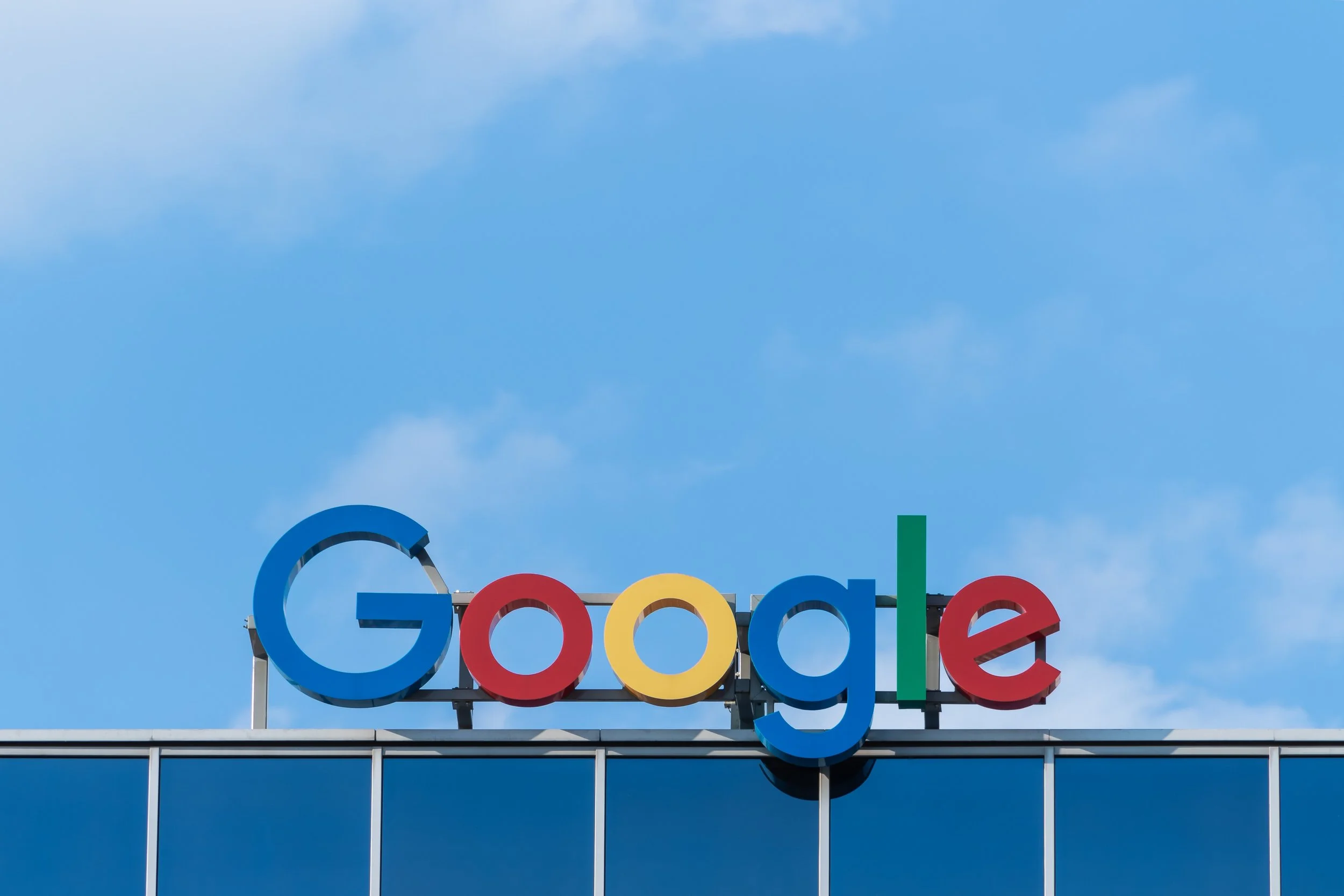Google AdWords Made Simple: A Step-by-Step Guide
1.) Pick your goal
Key idea: Know what success means to you
You select one goal per campaign. This choice is important, because Google Ads uses it to guide your campaign settings options to help you succeed. Here are example best practices:
If you want to get 2 different results, then set up 2 different campaigns, each with a different marketing goal. For instance, if you want to get leads and win sales, then create one campaign with a Leads goal and one campaign with a Sales goal.
If your business aims for online sales, consider choosing the Sales goal. Other goals let you set up a campaign that aims to get you Website traffic or Leads (like a customer filling out a form).
If your business aims for calls only, then set up a call-only campaign.
Learn more about goals.
2.) Create effective ads
Key idea: Have a map in your mind of where geographically your ads should show
Location targeting helps you reach people in certain locations and people who are interested in those locations. Check back soon for tips and best practices about location targeting.
3.) Set your bid strategy and budget
Key idea: With automated bidding, the Google Ads system uses its data to automatically optimize your bidding. Your budget controls your overall spend.
Most new advertisers use automated bidding because the find it's most effective. For example:
If you're looking to drive conversion actions like sales or leads, you can use the "Maximize conversions" strategy.
If you're looking to receive as many clicks on your ads as possible, you can use the "Maximize clicks" strategy
You don't have to set a maximum limit on your bid with automated bidding because you control how much you spend using your budget. Your campaign's average daily budget, which you set next, limits how much you spend overall.
Learn more about automated bidding. Learn more about other bidding options.
4.) Make sure your ads show
Key idea: Create specific ad groups with unique sets of keywords and at least 3 ads each
Ad groups are where you specify which ads should be shown to people searching for specific search terms. A Search campaign should have very specific ad groups with at least 3 ads in each. Organize your ad groups around what you think people will be searching for when your ad is triggered.
Here’s an example of campaign and ad group organization: if you run a bicycle shop that sells both online and in your storefront location, you might create two campaigns: one for online sales and one for storefront sales. For each campaign, you might have the following ad groups: children’s bikes, helmets, skateboards, racing bikes, mountain bikes, road bikes, bike locks, women’s cycling apparel, men’s cycling apparel, cycling shoes. Each of those ad groups would have different keywords that your potential customers might be using when searching for what you sell.
For successful account organization, be sure to create very specific ad groups: an ad group should have keywords that are closely related to one another, and that are each relevant to an idea that’s different from the ideas you’re targeting in other ad groups. A person looking for a helmet is more likely to click an ad about helmets than a generic ad about cycling supplies. Specificity and detail helps your ads be more relevant. Relevance tends to lead to higher quality ads that perform better in the ad auction (and generate more clicks and conversions, like newsletter sign ups, calls, or sales.
Again, every ad group should have at least 3 quality ads. That way, the system can optimize your performance, and you can check your performance data to learn what message resonates best with your audience.
5.) Create ads
Key idea: To write successful ads, imagine what your customer is searching for
In an ideal ad experience, your text ad directly relates to what your customer wants to buy. Let’s take an example: Someone searches on Google for “24-hour flower delivery lilies,” sees an ad whose headline says “Order lilies fast - 24-hour flower delivery.” They click the ad and go straight to the flower site, where they complete their order. Here are the top 6 tips for creating solid text ads:
1. Be clear about what you’re promoting. Your customers should know what to expect when clicking your ad. Include at least one of your keywords in your ad headline. If you've included “digital cameras” as a keyword, your ad headline could be "Buy Digital Cameras." (Remember that any use of trademarks in ad text needs to follow Google Ads trademarks policies.)
2. Be relevant. Make sure you’re giving an answer or solution to your customer. For example, if they’re looking for a solution near them, then your location is most useful information and should be added to headline.
3. Match the description to the headline. Make sure the ad is coherent as a whole unit.
4. Match your ad to your landing page. Have a look at the page that you're linking to from your ad (the landing page), and make sure that the promotions or products in your ad are included there. People might leave your website if they don’t find what they expect.
5. Make sure your ads are approved. In order to make sure all ads are high quality, every ad must meet high professional and editorial standards. That means no extra spaces, sTrAnGe CAPITALIZATION, exclamation marks, or unclear URLs, to name a few. Learn more about text ad requirements.
6. Appeal to customers on mobile. Consider creating ads devoted to people on mobile devices, using the mobile version of your website as a landing page, and offering specials suited to a mobile audience.
6.) Add extensions
Key idea: Free to add, extensions are add-ons that give your ad more impact
Most advertisers use extensions, and they’re essential to creating Search ads. So what are they exactly? Well, if you’ve ever been searching on Google and seen an ad with a call button, extra links, an address, or other extra information, you’ve seen extensions.
Extensions make your ad larger and more robust, giving people more reasons to take action directly from your ads.
Here are the 3 extensions that are recommended for just about everyone:
Sitelink extensions. Direct people to specific pages on your website—your store hours, a specific product, or more. When someone clicks or taps on your links, they can skip right to what they want to know or buy. For example, if you run a bicycle shop, you’d display the link “City bicycles” and set that sitelink URL as your page that shows your city bicycles. To make it more likely that your sitelinks show with your ads, add at least 4 sitelinks (for example: Hours, City bicycles, Electric bicycles, Contact us). Learn more about sitelink extensions.
Callouts. Callouts give you more space to add text. When customers see your ads with callouts, they see a larger ad with more detailed information about your business, products, and services. To make it more likely that your callouts show with your ads, add at least 4 callouts (for example: Free Shipping, New Arrivals Are Here, Extended Sizes, New Customer Discount. Learn more about callout extensions.
Structured snippets. Entice users by highlighting specific aspects of your products and services in your ads. Structured snippets show underneath your ad text in the form of a header and list (for example: “Destinations: Hawaii, Costa Rica, South Africa”). Learn more about structured snippet extensions.
Beyond these 3 extensions, Google Ads offers many more, like location extensions (to promote local business), promotion extensions (for holiday sales), and call or message extensions (to get calls or text messages from prospective customers). Learn more and select extensions to use.
See what extensions look like:
https://www.youtube.com/watch?v=jGm9u_I6fgk&feature=youtu.be
7.) Stay engaged
Key idea: Adjust your campaign performance based on performance and recommendations
Remember that a successful campaign doesn’t end with set-up. You need to monitor how it’s doing and make adjustments. For best results:
Set up conversion tracking in order to see what happens after a customer interacts with your ads—whether they purchased a product, signed up for your newsletter, called your business, or downloaded your app. Learn how to set up conversion tracking.
Check your campaign performance at least weekly. Make sure you don’t miss any important notifications, and be sure to find ways to get more value and impact through your Recommendations page—an entire section of your account dedicated to helping you improve your campaign. Learn more about Recommendations.
Source: https://support.google.com/google-ads/?hl=en#topic=3119071






